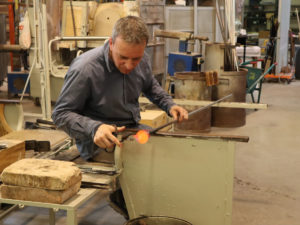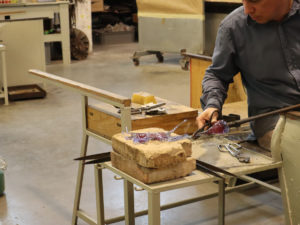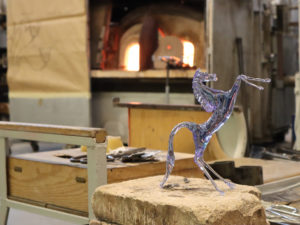Murano glass factory tour: a closer look at the art of glass
If you’re planning a trip to Venice, we highly recommend you include a visit to the island of Murano. One of the smaller islands of the Venice Lagoon, Murano is the place to be to enjoy an authentic atmosphere and slow rhythms. Additionally – and this is the main reason why you should visit Murano – here you can learn about the ancient and prestigious art of glassmaking. A tradition, handed down over the centuries, that has made Murano and its masterpieces well-known and highly requested all over the world.
Attending a demonstration in a furnace is a great idea: right in front of you the master glassmaker and one or more of his assistants (originally called servente and serventino) will work the glass, crafting some unique pieces according to the ongoing commissions. You will be able to observe the working and blowing of glass and get hypnotized by the unique know-how of these artists. You won’t help but notice the tools they use, the vases of coloured powders and decorations and – last but not least – the large ovens, that can reach a temperature up to around 1500°C.
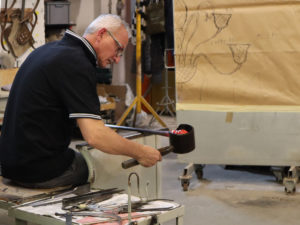
To provide you with some more technical information, 1400°C is, approximately, the melting temperature of the compound that is used to make glass, whose main element is silica. The glass is then cooled, indicatively down to 1100°C: at this temperature, it passes from a liquid state to a semi-solid one, which is the perfect consistency to be modelled.
The demonstration is often followed by a visit to the exhibition halls, a real museum that collects hundreds of priceless Murano glass masterpieces, made in different styles and periods, using the most varied techniques. You will be surrounded by sculptures and wonderful chandeliers, but you can also consider bringing back home smaller pieces, such as jewellery, vases or the famous Venetian goti (glasses), which are among the most popular items.
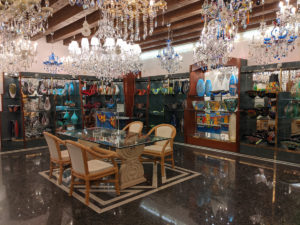
The utmost attention is paid to every single detail. Only an expert would be able to catch the smallest differences, that sometimes are not even visible to the naked eye. But it is indeed in the smallest details that the uniqueness of each creation is preserved. Keep in mind that more complex creations may take up to a month of work. The ancient art of Murano glass uses neither moulds nor pre-established shapes, a characteristic that makes this craftsmanship unique and brings to each creation an added value worth handing down to the next generations.
